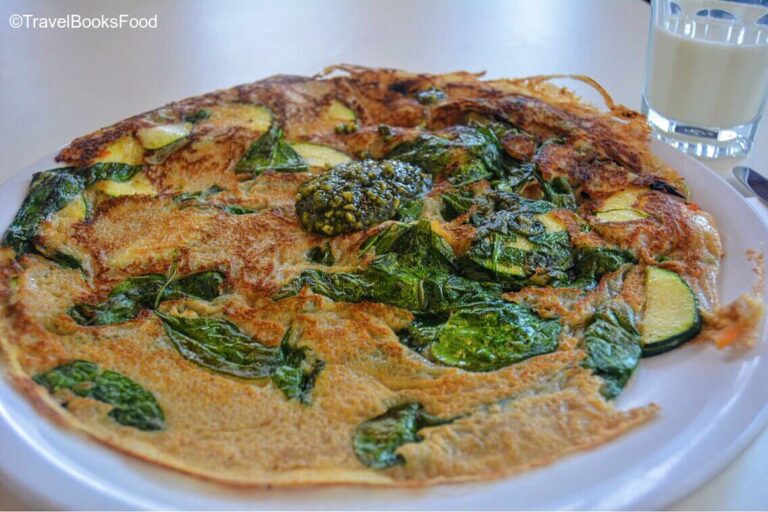Introduction: Luxembourg’s agricultural landscape
Luxembourg, a small landlocked country in the heart of Europe, boasts a diverse agricultural landscape. The country’s terrain ranges from fertile valleys to rugged hillsides, providing a unique environment for agricultural cultivation. Agriculture has been a vital component of Luxembourg’s economy and culture for centuries, shaping the country’s cuisine in different ways.
Traditional dishes: a mix of influences
Luxembourg’s cuisine is a combination of influences from neighboring countries such as France, Germany, and Belgium, as well as its own traditional dishes. The country’s agricultural practices have played a crucial role in the development of these dishes. For example, the hearty dish of Judd mat Gaardebounen is made with smoked pork collar, a staple ingredient in Luxembourg’s pork-based cuisine. Other dishes, such as the famed Gromperekichelcher (potato fritters), rely on potatoes, a common crop in Luxembourgish agriculture.
Luxembourgish ingredients and their history
Luxembourgish agriculture has a long history, and many of its traditional ingredients have been cultivated for centuries. One of the oldest is Quetschentaart, a plum tart that has been a staple of Luxembourg’s cuisine since the Middle Ages. Other ingredients, such as blackcurrants, are used to make the popular Cassero Rieslingspaschtéit, a meat pie made with Riesling wine and blackcurrant jelly. Luxembourgish wine, particularly Riesling, is also a popular ingredient in many dishes.
Modern cuisine: a fusion of old and new
Luxembourg’s gastronomy has evolved over time, adapting to new culinary trends and influences. Many modern dishes combine traditional Luxembourgish ingredients with contemporary cooking techniques. For example, the dish of Trout with Riesling Sauce and Wild Garlic Pesto uses traditional Luxembourgish wine and wild garlic, but is prepared using modern cooking methods.
Sustainability in Luxembourg’s agriculture
Sustainability is an essential aspect of Luxembourg’s agricultural practices. The country’s farmers have made significant efforts to reduce their carbon footprint and promote biodiversity on their land. Luxembourg’s government has also implemented policies that support sustainable agriculture, such as the introduction of organic farming subsidies.
Future trends in Luxembourg’s gastronomy
Luxembourg’s gastronomic scene is constantly evolving, and chefs are always looking for new ways to incorporate traditional ingredients in their dishes. One trend that has emerged in recent years is the use of foraged ingredients, such as wild mushrooms and berries. Another emerging trend is the rise of vegetarian and vegan cuisine, with many chefs exploring new ways to showcase Luxembourgish produce without meat.
In conclusion, Luxembourg’s agricultural practices have had a significant impact on the country’s cuisine. Traditional dishes and ingredients have been influenced by centuries of farming traditions, while contemporary culinary trends have brought a new level of innovation and creativity to Luxembourg’s gastronomy. With a commitment to sustainability and a willingness to embrace new trends, Luxembourg’s cuisine is sure to continue to evolve and thrive in the years to come.




